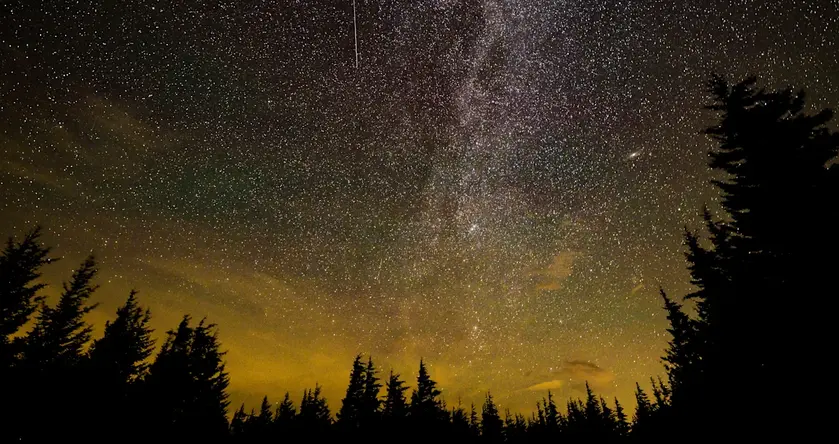T4K3.news
Northern lights visible tonight
Auroral activity could be seen in 15 states tonight due to a solar wind stream
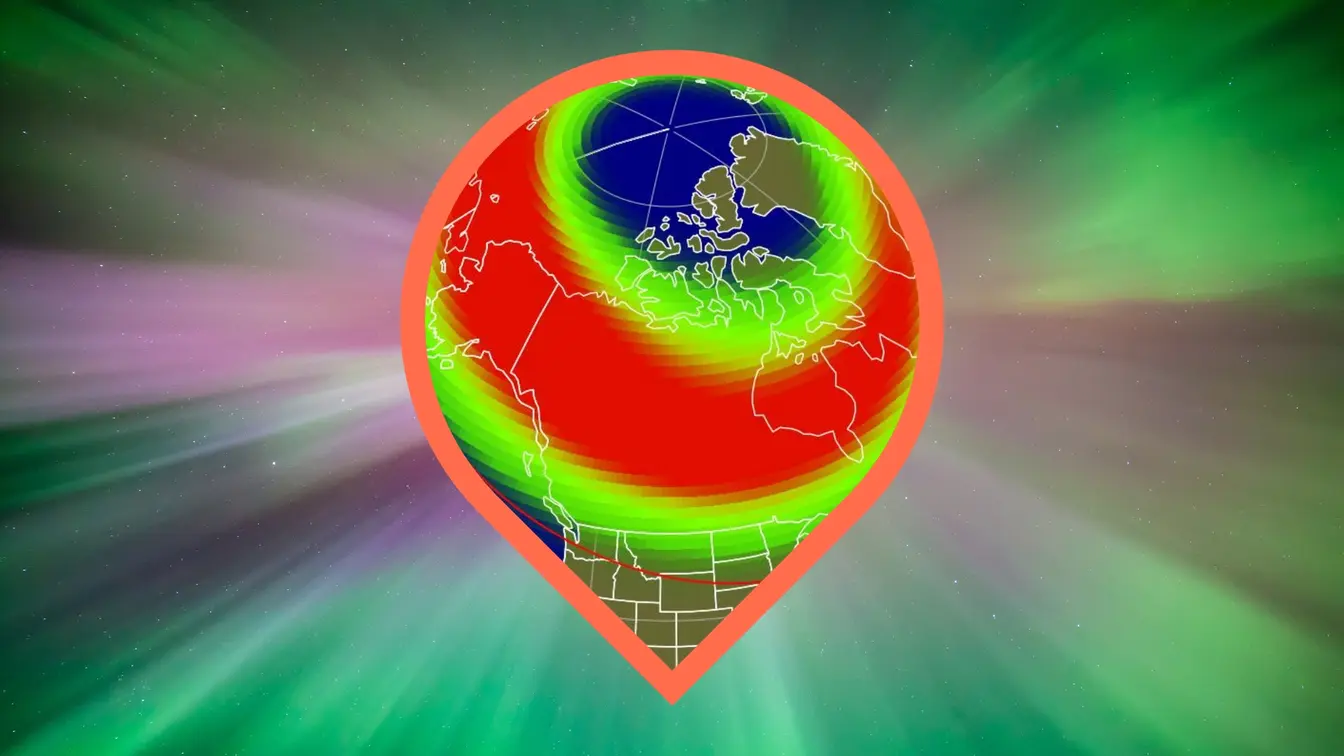
Forecasts say the northern lights could be seen across 15 states tonight due to a fast solar wind.
Northern lights visible in 15 states tonight
NOAA Space Weather Prediction Center and the UK Met Office say a large coronal hole on the sun is sending a fast stream of solar wind toward Earth. This could trigger minor geomagnetic storm conditions tonight, increasing the chance that people in 15 U.S. states may glimpse the northern lights. Forecasters expect a Kp index around 5, with the strongest activity likely between 11 p.m. and 5 a.m. local time. The list of states includes Alaska, Montana, North Dakota, Minnesota, Wisconsin, Michigan, Maine, New Hampshire, Vermont, New York, Idaho, Washington, Iowa, South Dakota and Wyoming. Forecasters caution that the outlook can shift with new data and a potential glancing blow from a coronal mass ejection could extend the window into the next nights.
Key Takeaways
"Kp index may reach 5 tonight signaling minor geomagnetic storm conditions."
Forecast note from NOAA Space Weather Prediction Center
"Clear skies and patience matter more than any forecast."
Editorial reflection on viewing conditions
"Aurora waves arrive in bursts and vanish in minutes."
Aurora behavior observation
This forecast shows how space weather stories can engage a broad audience without becoming sensational. Explaining the Kp index and coronal holes helps people connect science to a real night sky. Yet the forecast also highlights uncertainty. A potential coronal mass ejection that could alter the outcome means readers should treat the window as flexible rather than fixed.
In practice, coverage of such events helps foster science literacy and community interest in stargazing. Editors should balance excitement with clear caveats about timing and weather. If the aurora appears, it will remind the public that the night sky is a dynamic, shared resource that crosses borders and invites curiosity.
Highlights
- When the wind sings the sky may glow
- Dark skies reward the patient skywatcher
- A quiet night can spark a bright surprise
- Forecasts hint at magic but you still need luck
Tonight may surprise the curious with a quiet light show.
Enjoyed this? Let your friends know!
Related News
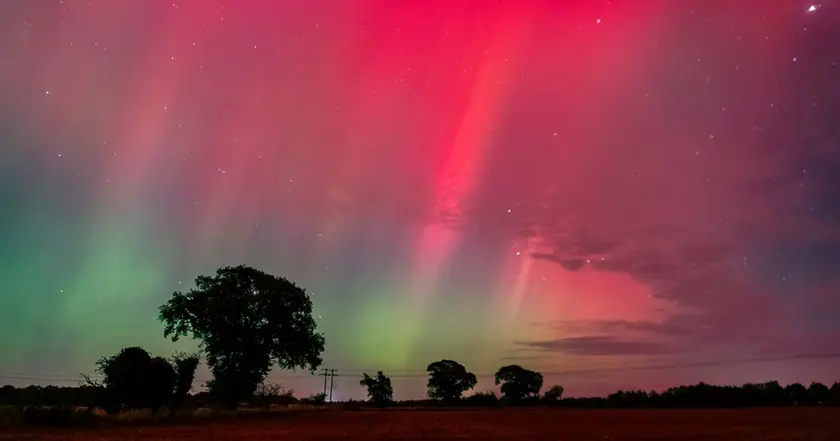
Aurora Notable Tonight
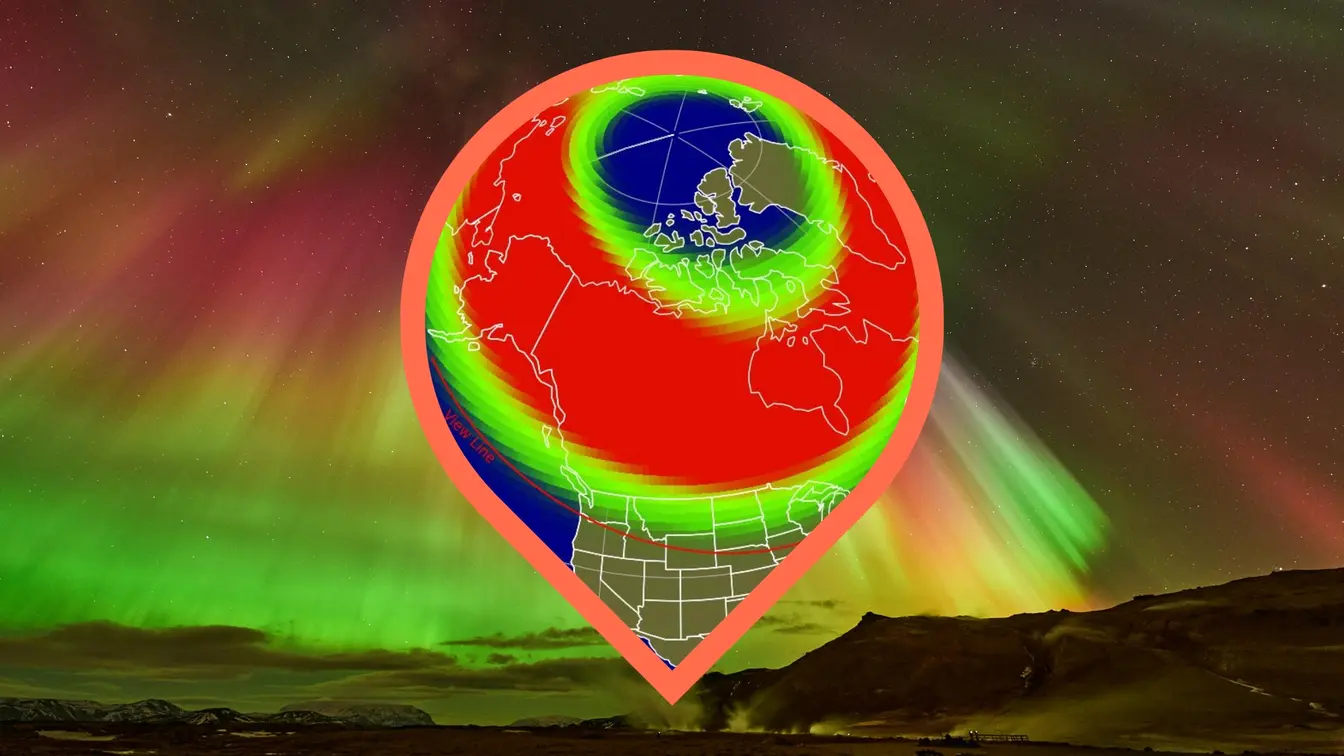
Northern lights may be visible across 18 states tonight
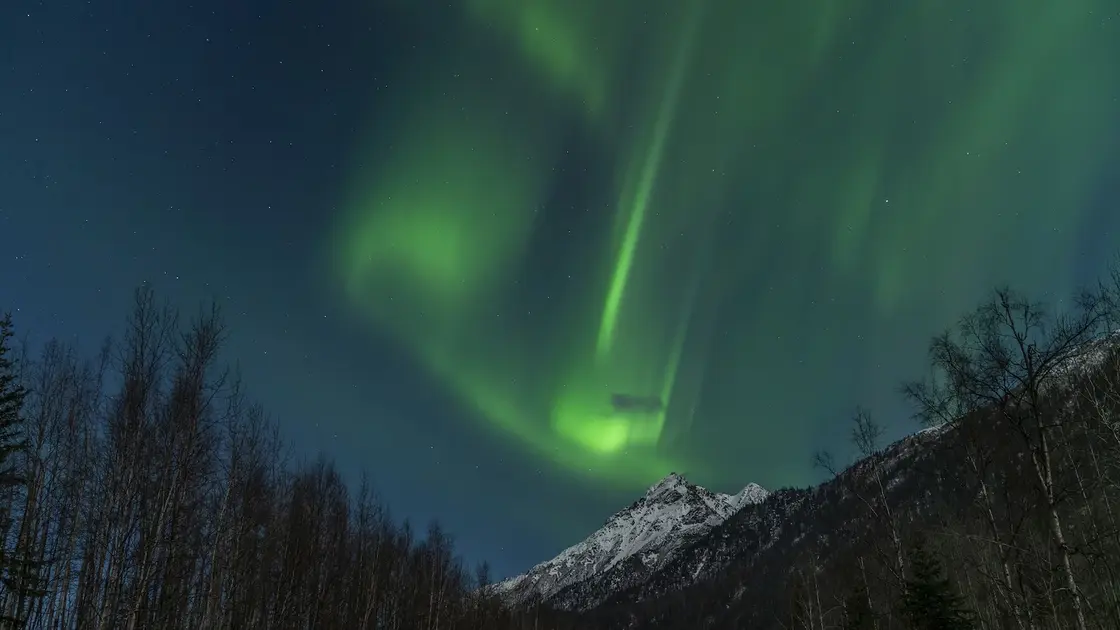
Northern lights visible across multiple states tonight
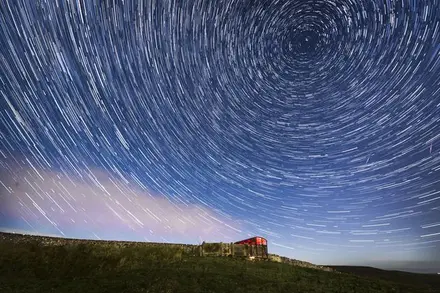
Perseid Meteor Shower Lights NI Sky
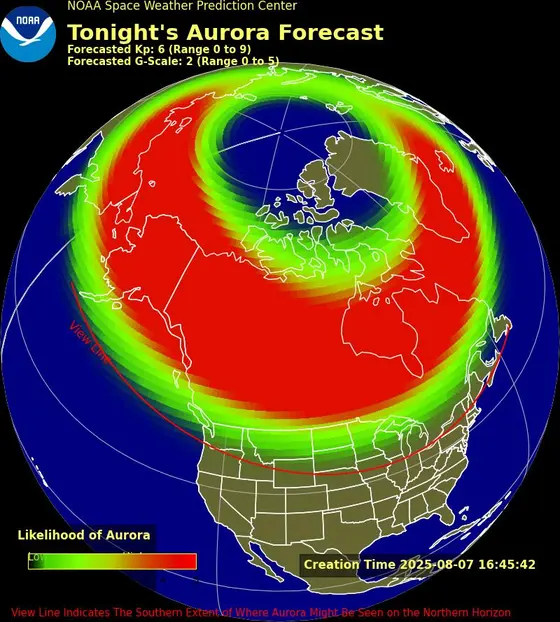
Northern lights glow over Washington tonight
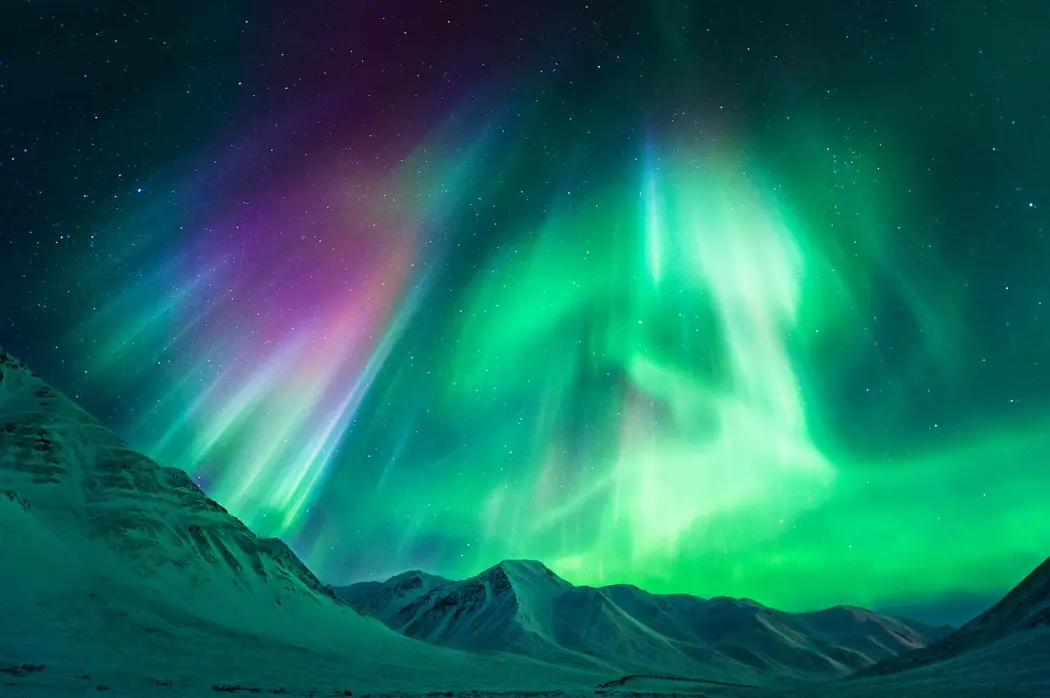
Northern Lights Expected Tonight in Many U.S. States
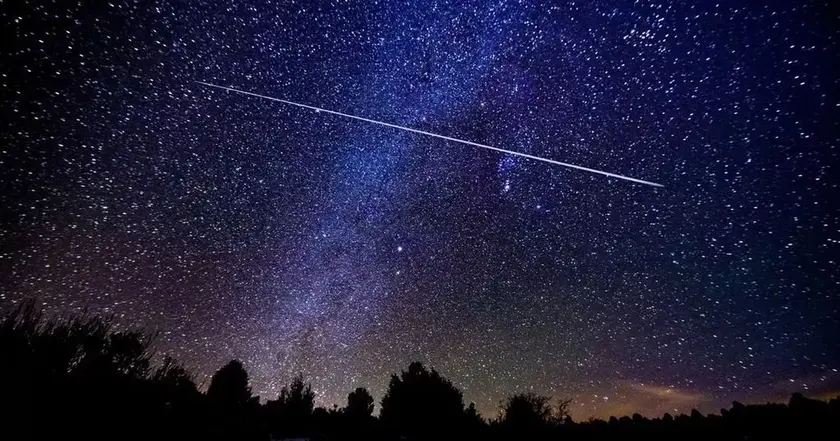
Perseid meteor shower peaks tonight
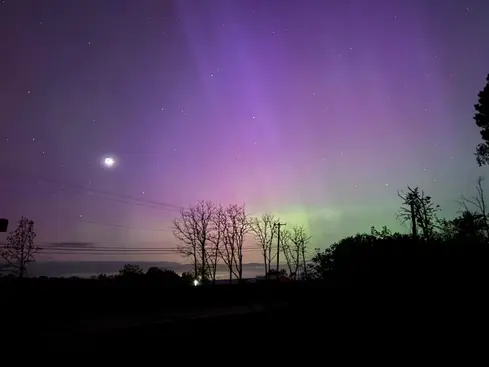
Northern lights visible in Michigan Friday night
